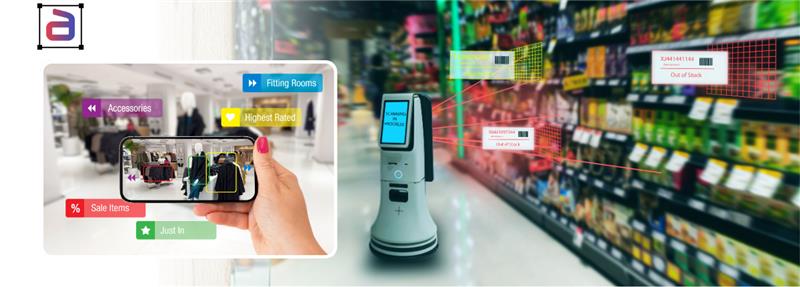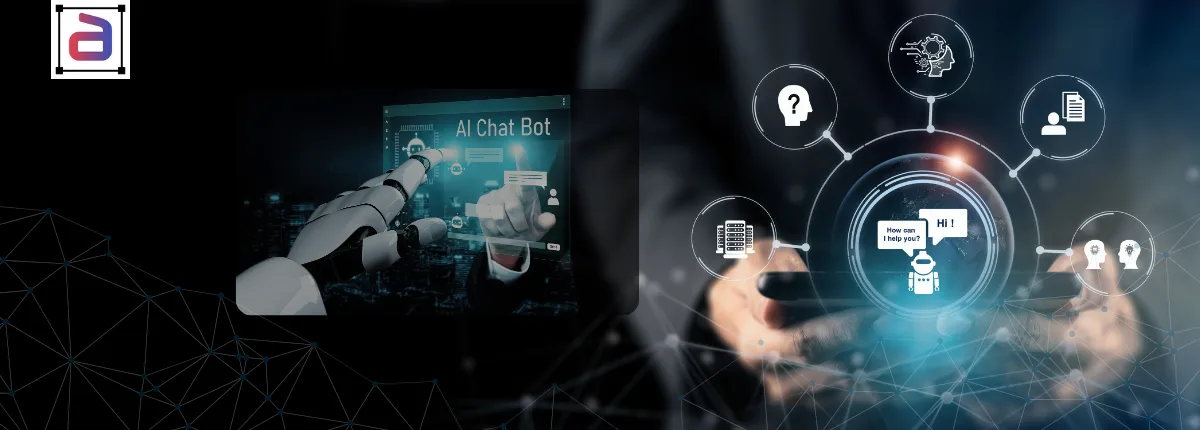Artificial intelligence has come a long way. It can sort photos, understand spoken words, and even help doctors with diagnoses. But there is one area where AI still struggles: edge cases. These are unusual, unexpected, or highly nuanced situations that don’t fit neatly into the patterns AI has learned from training data. And it’s in these tricky scenarios that human judgment in AI becomes more important than ever.
Imagine a self-driving car facing a sudden road closure caused by a parade, or a medical AI interpreting a scan of a rare condition it has never seen before. These are not the routine cases that AI handles well. They require human insight—context, empathy, and flexibility—that machines simply cannot replicate on their own.
What Are Edge Cases?
Edge cases are the outliers—the moments that fall outside the “normal” range of data an AI has been trained to recognize. They are rare but critical, because mistakes in these moments can have serious consequences.
Some everyday examples of edge cases include:
- A pedestrian in a Halloween costume crossing the street, confusing a self-driving car’s object detector.
- A sarcastic online review: “Great job, I just love waiting three hours for customer service!”
- A patient scan showing a rare form of a disease that AI has little to no training data on.
- A noisy factory recording where multiple people talk over each other.
AI is excellent at recognizing patterns it has seen before. But when faced with something unusual, it can misinterpret the situation or fail completely. That’s where humans step in.
Why Human Judgment In AI Matters
Humans bring qualities to the table that no algorithm can fully match, especially when things get messy or unpredictable. Machines are great at speed and pattern recognition, but people excel at reading situations in context, weighing fairness, and adjusting on the fly.
- Contextual Understanding: People can read between the lines. They know when a review is sarcastic, when a joke is meant seriously, or when a tone of voice signals frustration. This deeper understanding is vital in areas like customer service or online reviews where meaning is more than just the words.
- Ethical Reasoning: Humans can pause to think about the impact of a decision. For example, a doctor may decide to run more tests even if AI is unsure, choosing caution to protect the patient. Machines don’t have that kind of ethical compass.
- Bias Awareness: Annotators can notice when AI misclassifies something because certain groups or scenarios weren’t represented enough in training data. This helps prevent AI from producing skewed or unfair results.
- Adaptability: People can quickly adjust when unexpected scenarios pop up, such as rerouting traffic during a parade, changing plans during a sudden storm, or adjusting medical care for a rare condition. Flexibility is a human strength that AI simply doesn’t have.
In short, human judgment acts like the safety net beneath AI. It ensures that when systems hit unusual or gray areas, someone is there to catch the fall and guide the outcome responsibly.
“AI is powerful, but without human judgment, it can’t handle the gray areas of life.” — AI Researcher
Industry Examples
- Healthcare: AI can quickly spot common tumors in scans, but when something unusual appears—like a rare type of lesion—it’s a radiologist’s judgment that ensures nothing dangerous is missed. For example, in one hospital trial, human review of edge cases reduced false negatives that the AI alone overlooked.
- Autonomous Vehicles: Cars trained mostly on sunny, clear-road data can stumble when they encounter snow-covered signs, unusual construction detours, or emergency vehicles parked awkwardly. Human annotators play a key role by reviewing these odd situations during training and labeling them correctly, so the cars learn how to handle them safely.
- Voice AI: Automated transcription handles simple, clear speech well, but it often fails when two people talk at once or when someone’s tone carries frustration or sarcasm. Human annotators refine these outputs, capturing subtle cues like a raised voice or exasperated sigh that change the meaning of the conversation.
- Retail & NLP: Sentiment tools powered by AI may label “Great service!” as positive, even when written sarcastically after a bad experience. Human validators catch these cases, ensuring businesses don’t misread customer emotions. This kind of validation helps retailers respond appropriately, preventing further frustration and improving customer trust.
The Role of Annotators in Edge Cases
For annotators, edge cases are where their expertise really shines for human judgment in AI:
- They act as reviewers, validating uncertain AI predictions.
- They supply ground-truth data for rare or unusual scenarios.
- They teach AI models how to improve, so over time the system becomes better at recognizing these tricky cases.
Annotators are not just fixing mistakes—they are helping AI learn from its blind spots.
Annotera’s Approach For Human Judgment In AI
At Annotera, we recognize that edge cases are not exceptions—they’re part of reality. Our approach combines automation with human oversight to manage these critical scenarios:
- Human-in-the-Loop: For HITL ,Annotators review AI outputs in real time, focusing on uncertain or rare cases where errors are most likely.
- Bias-Aware Workflows: We train annotators to detect underrepresentation, ensuring datasets are fair and inclusive.
- Domain Expertise: We provide annotators with specialized knowledge in industries like healthcare, finance, and autonomous systems, where edge cases can have serious consequences.
Case Example: Annotera partnered with an autonomous driving company to improve its ability to handle unusual conditions. By validating AI outputs in scenarios like sudden weather changes and blocked roads, annotators helped reduce critical misclassifications by 30%. This helped in making the system both safer and more reliable.
Executive Takeaway For Human Judgment in AI
AI is excellent at handling the routine, but it is humans who make sure it works when things go off-script. Edge cases highlight why human judgment in AI is not optional—it is essential. By combining automation with human insight, organizations can create AI systems that are safer, fairer, and more trustworthy.
“AI without human judgment is like a pilot without instruments—it may fly straight most of the time, but it can’t handle turbulence.”
The future of AI isn’t just about speed or efficiency—it’s about resilience in the face of the unexpected. And resilience comes from human judgment. Edge cases show us that no matter how advanced AI becomes, people will always play a critical role.
Ready to make your AI more resilient to edge cases? Partner with Annotera to combine the best of automation with the human judgment that keeps AI safe, ethical, and effective.


